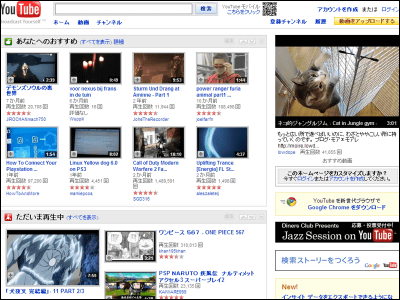Why do streaming service subscription prices keep rising?

Paid streaming services are no longer affordable and easy to enjoy, with Netflix repeatedly raising its monthly
Why the era of cheap streaming is over - YouTube
Lucas Shaw, editor-in-chief of entertainment at Bloomberg, a US-based news media, explains the changing times and rising prices of streaming services. Shaw also writes for Bloomberg's streaming service newsletter, Screentime .
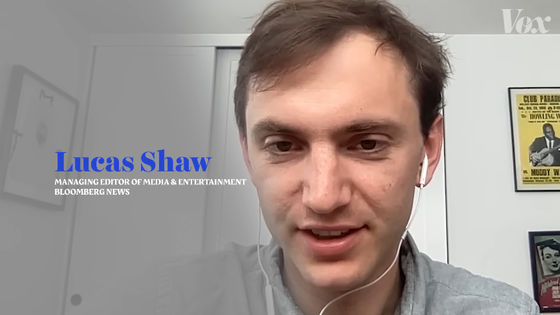
According to the movie, in order to consider the current state of subscription services, it is necessary to take the perspective of the content distributor. For example, Netflix has been making revenue from the sole point of 'acquiring paid subscribers' since the beginning of the service, so the only way to increase sales is to either 'increase subscribers' or 'raise prices'. In fact, in an interview with the New York Times in 2021, the founder of Netflix said, 'We were betting that we could attract subscribers and raise prices faster than the company's debt could balloon.'

As a result, while Netflix has gained a huge audience, it has increased its prices nearly fivefold over the four years from 2016 to 2020, as shown in the graph below.
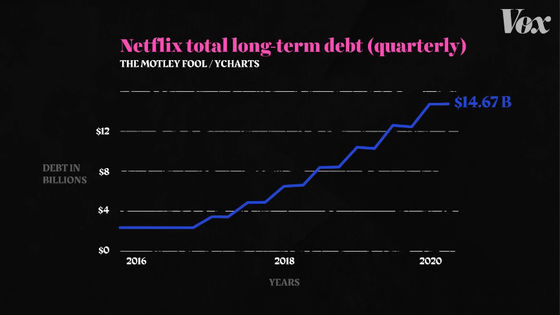
Although Netflix has continued to grow every year, since around 2020, its growth has slowed more than before.

And in 2022, the number of subscribers decreased for the first time since the service was launched. In the first three months, the number of subscribers decreased by 200,000, but in the next three months, it decreased by nearly 1 million. 'Because there is a limited population, there is inevitably a 'cap' on subscription subscribers,' Shaw points out.
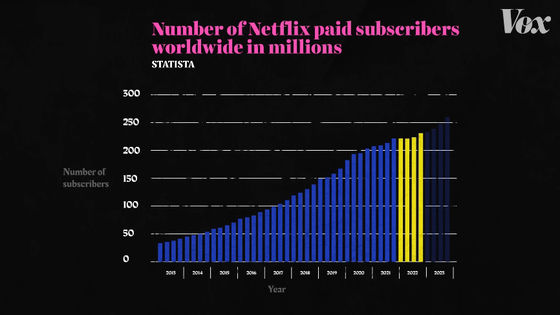
However, Netflix understood that there were still many potential subscribers. Because Netflix has many users who share accounts, or so-called 'freeloaders,' it
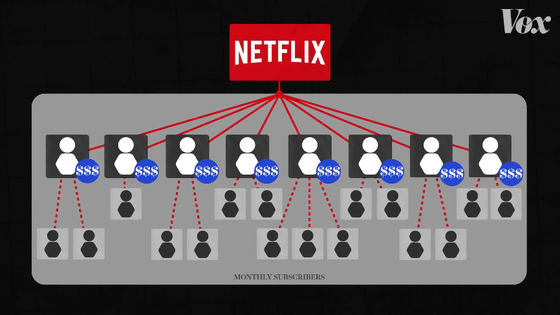
On the other hand, Hulu developed its service in a different format than Netflix. Hulu offers two tiers of service, ad-free and ad-supported, with the lower priced ad-supported plan being more profitable. As a result, around 2019, Hulu lowered the price of its ad-supported plan by $2 (about 220 yen at the time) in response to its success. Shaw said, 'Ad revenue is where Hulu has been very effective and successful. Advertising continues to be key to the success of the video business.'
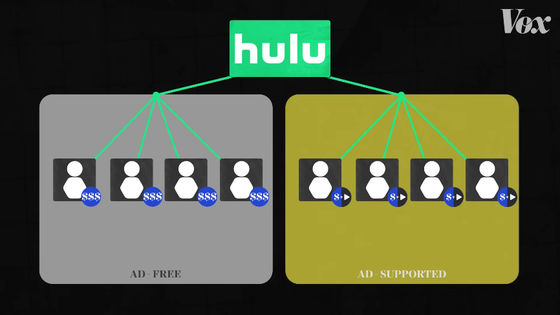
With the success of Hulu, many streaming services have introduced relatively cheap ad-supported plans, which have led to increased revenue for most services, as users prefer cheaper plans, leading to increased subscriber numbers and advertising revenue.
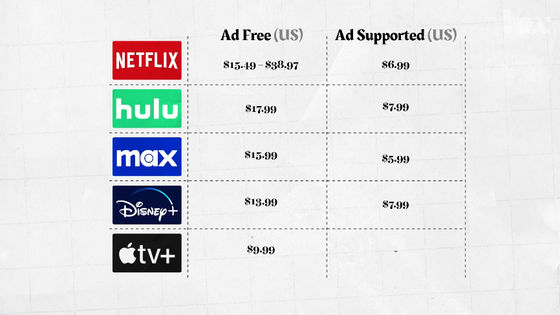
But there are still plenty of services that aren't profitable, and Shaw points out that this is because 'Netflix is trying to condense 15 years of success into three or five years.'
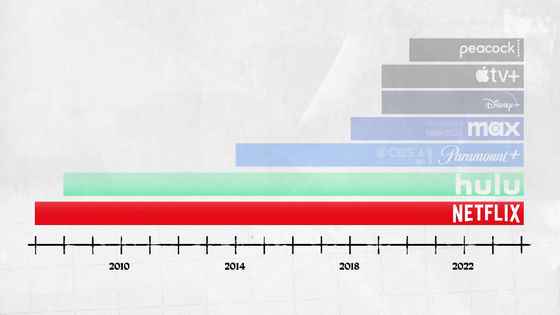
Companies struggling with short-term debt to launch services, lost revenue and attrition after launch have no choice but to jack up prices to boost or maintain profits, leading most streaming services to combine price increases with the addition of advertising.
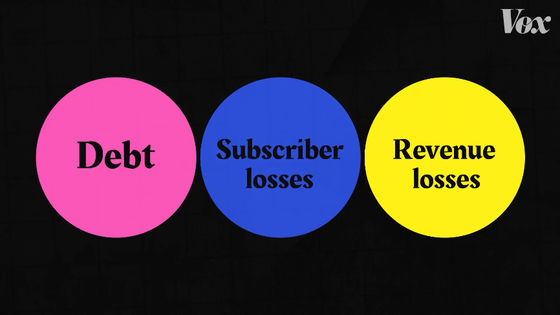
At the end of the movie, we introduce the existence of Churners (switching users). Streaming services have become more diverse, and there is a lot of content that can only be viewed on certain services, but continuing to subscribe to multiple services that have increased in price is a big burden. Therefore, more and more users are switching services one after another, such as 'subscribing to Netflix for one month, canceling it immediately, and signing up for another service the next month,' and enjoying content there each time. Unlike cable TV, where you buy multiple channels at the same time, subscriptions are a 'function that allows you to choose what you pay for,' so it is effective if you can use them well to suit you.
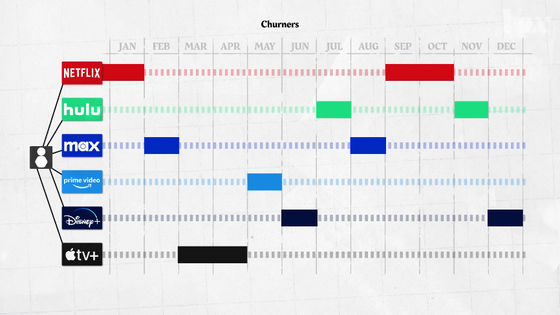
Related Posts:
in Web Service, Video, Movie, Posted by log1e_dh





